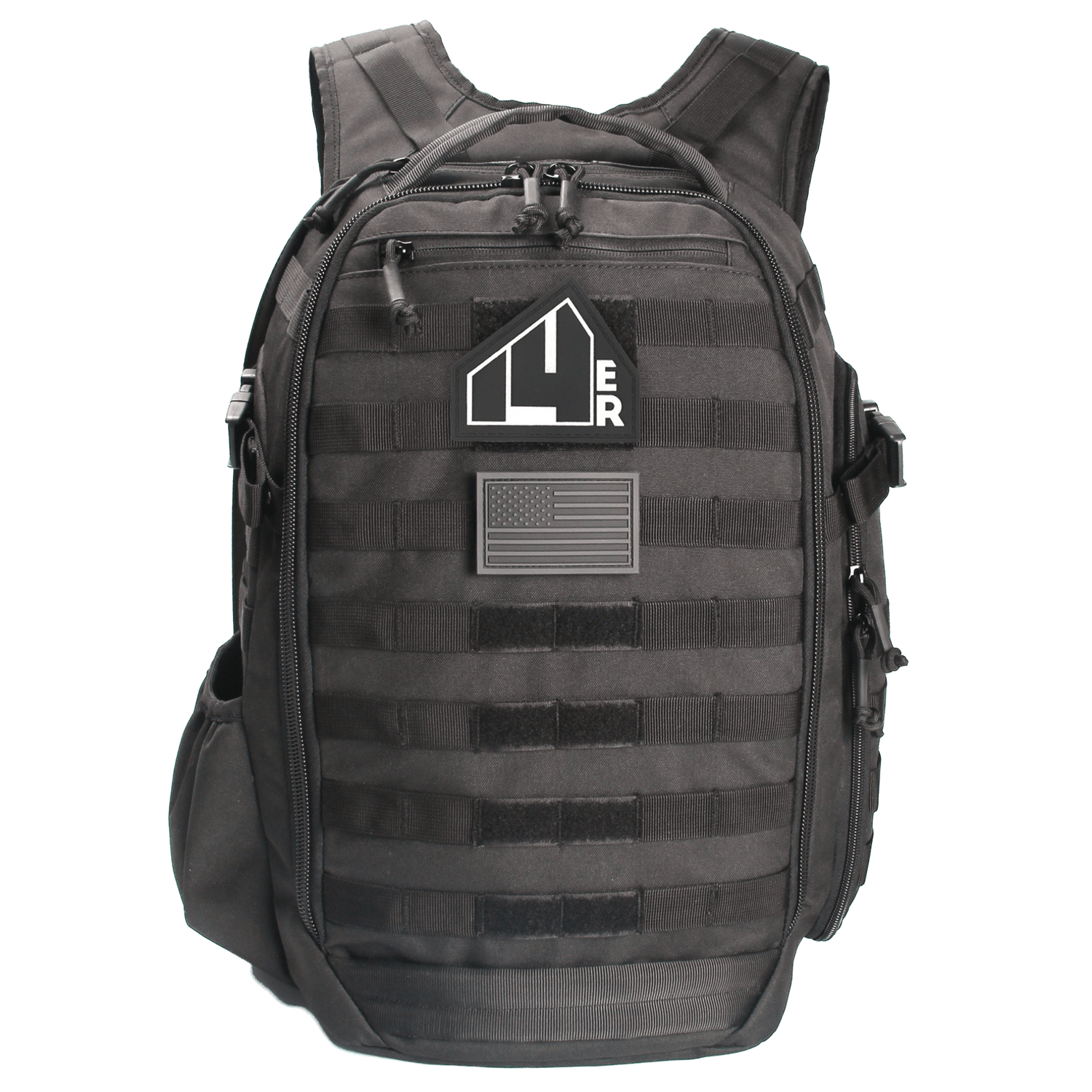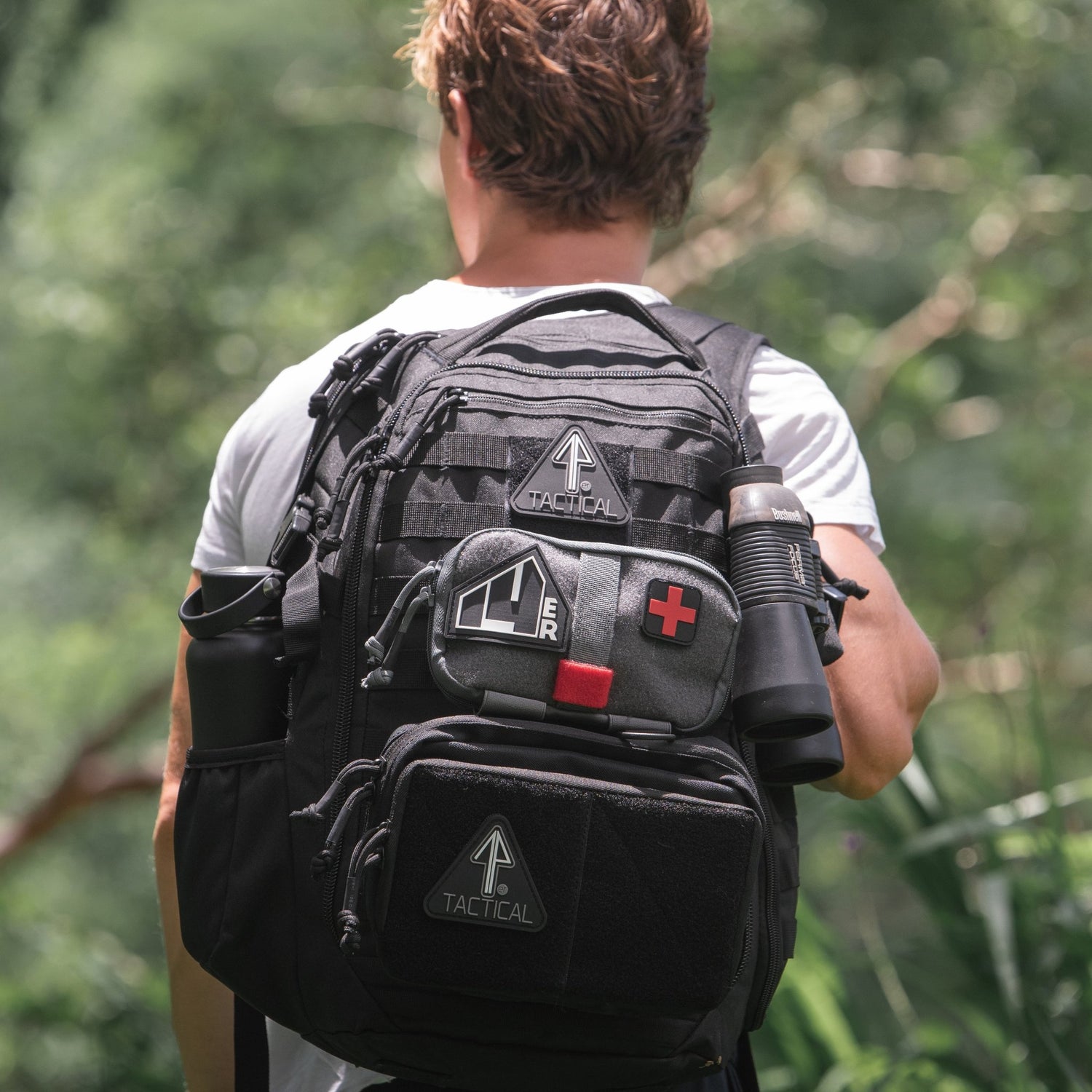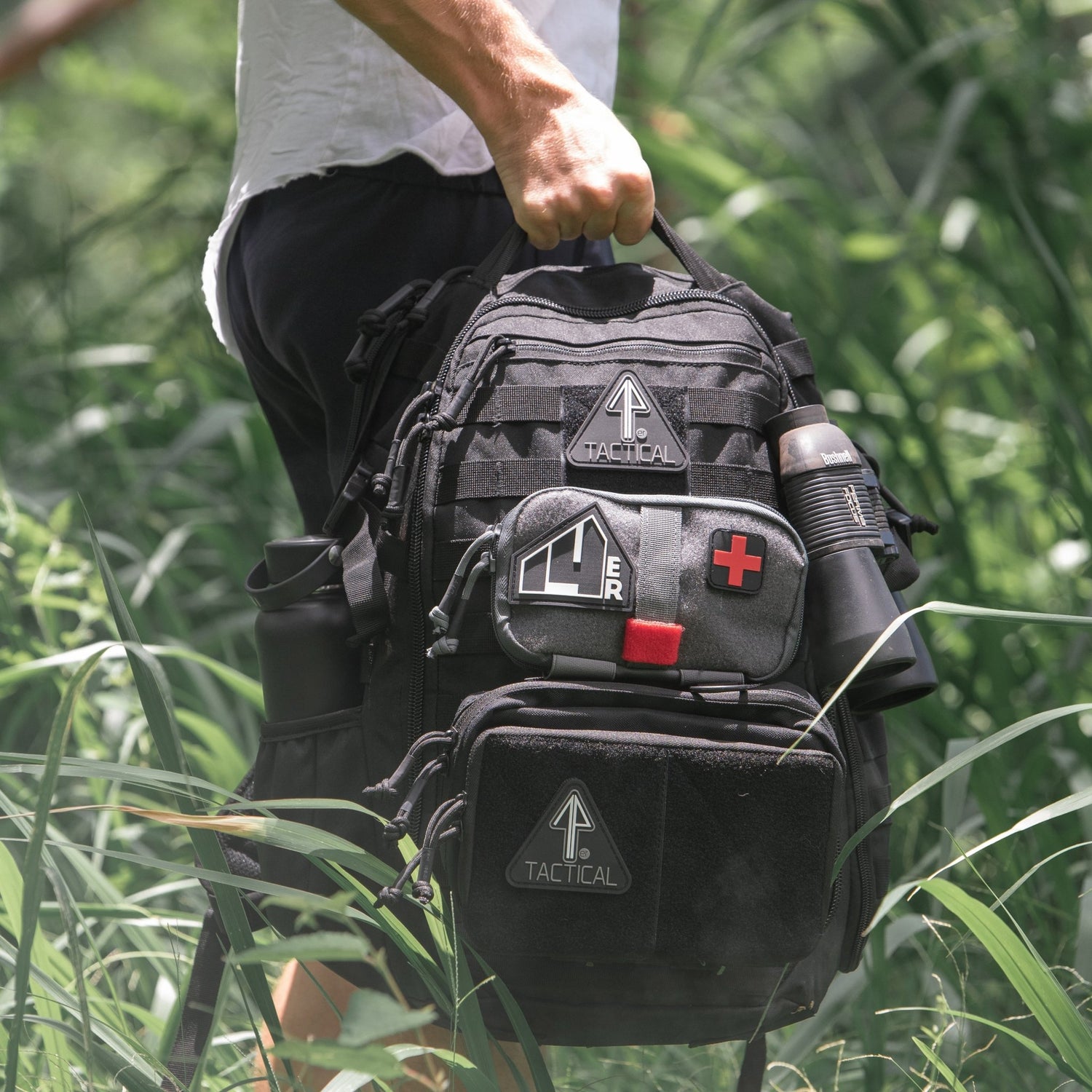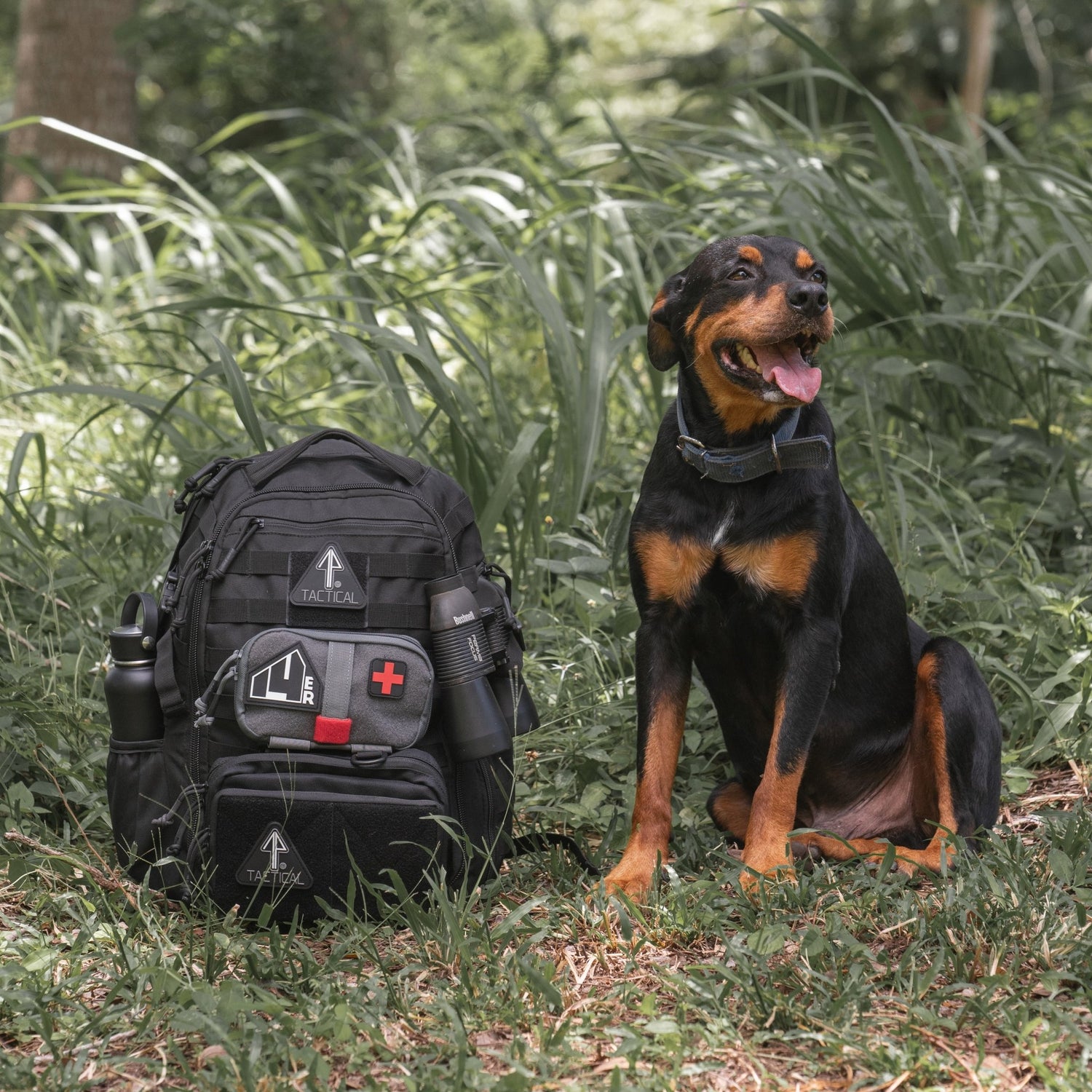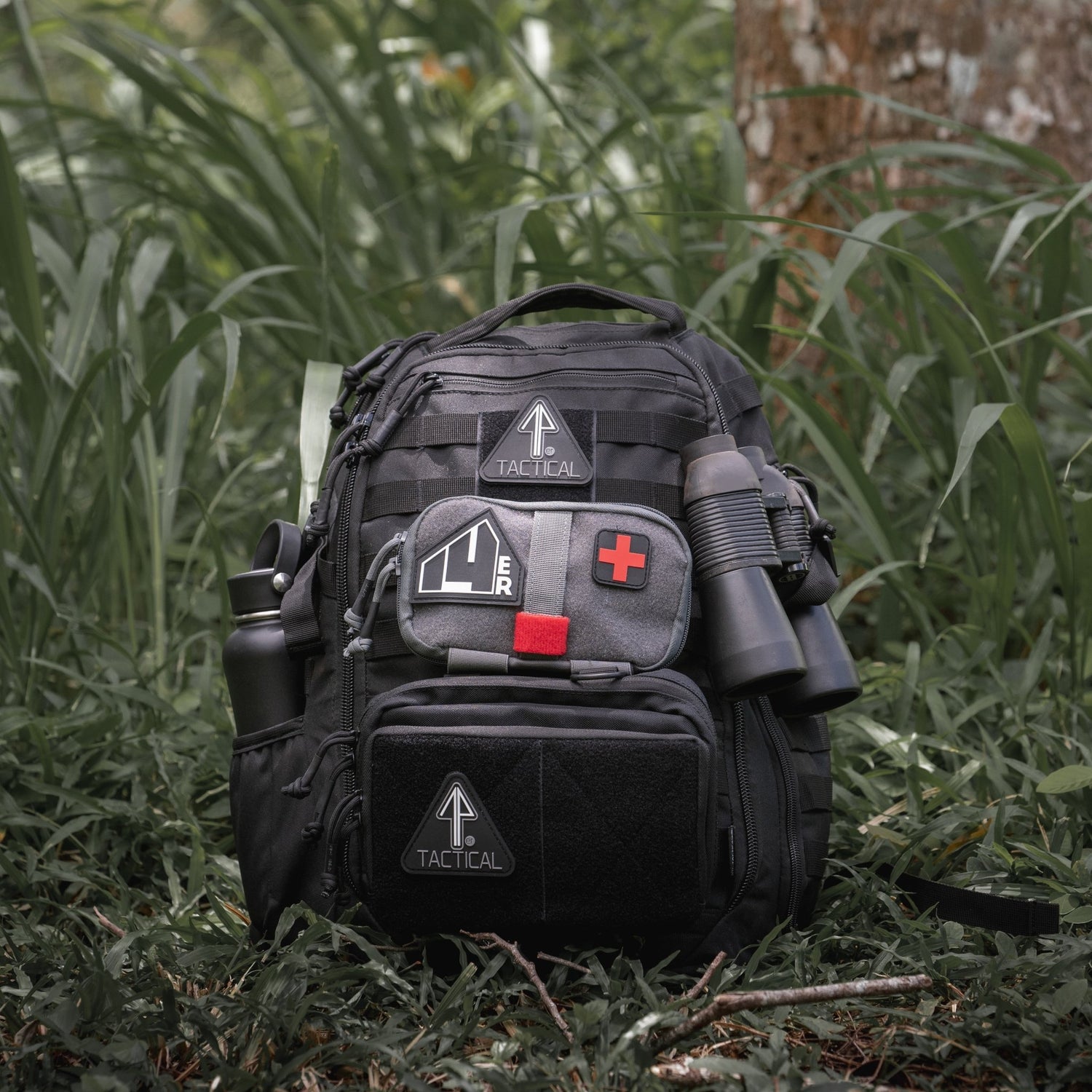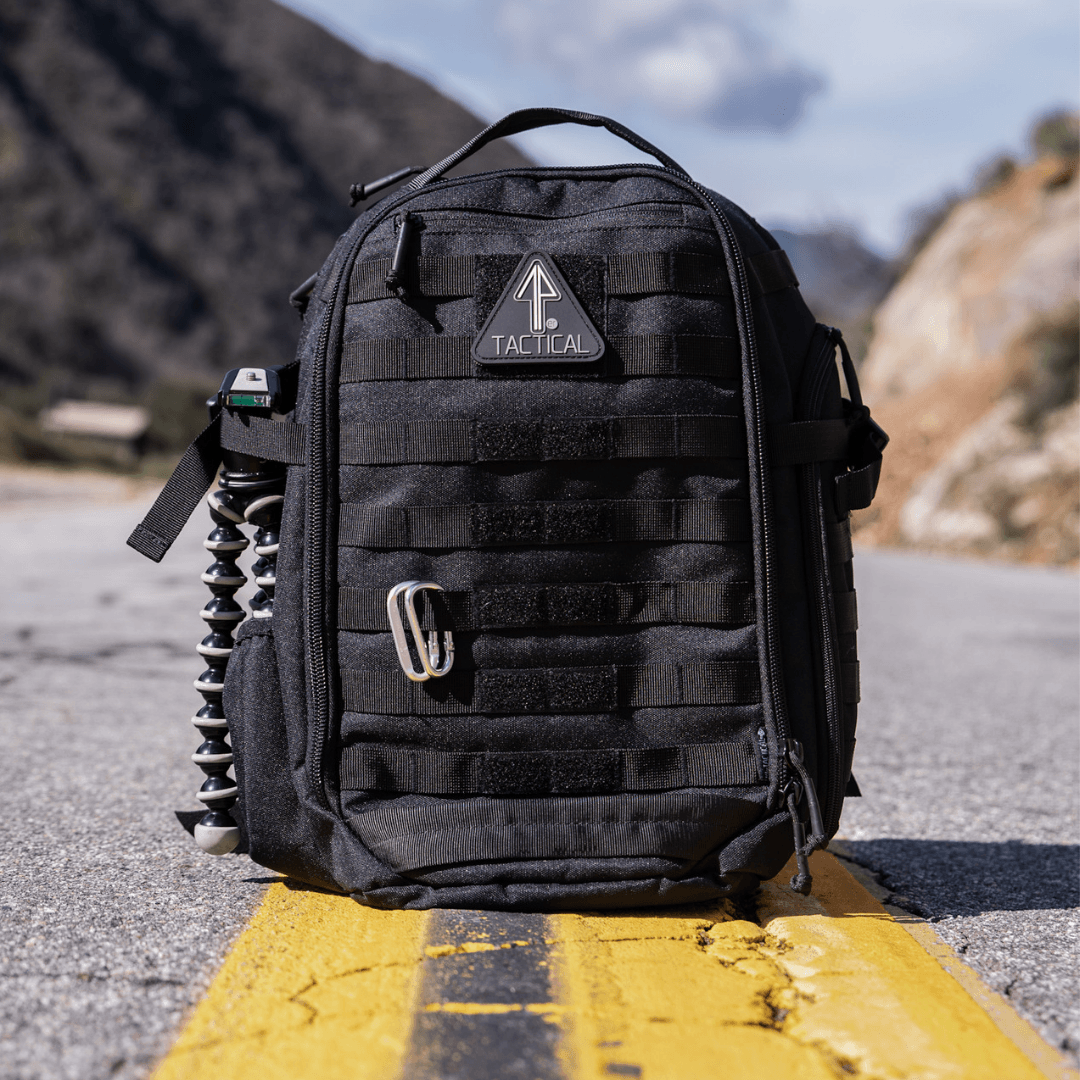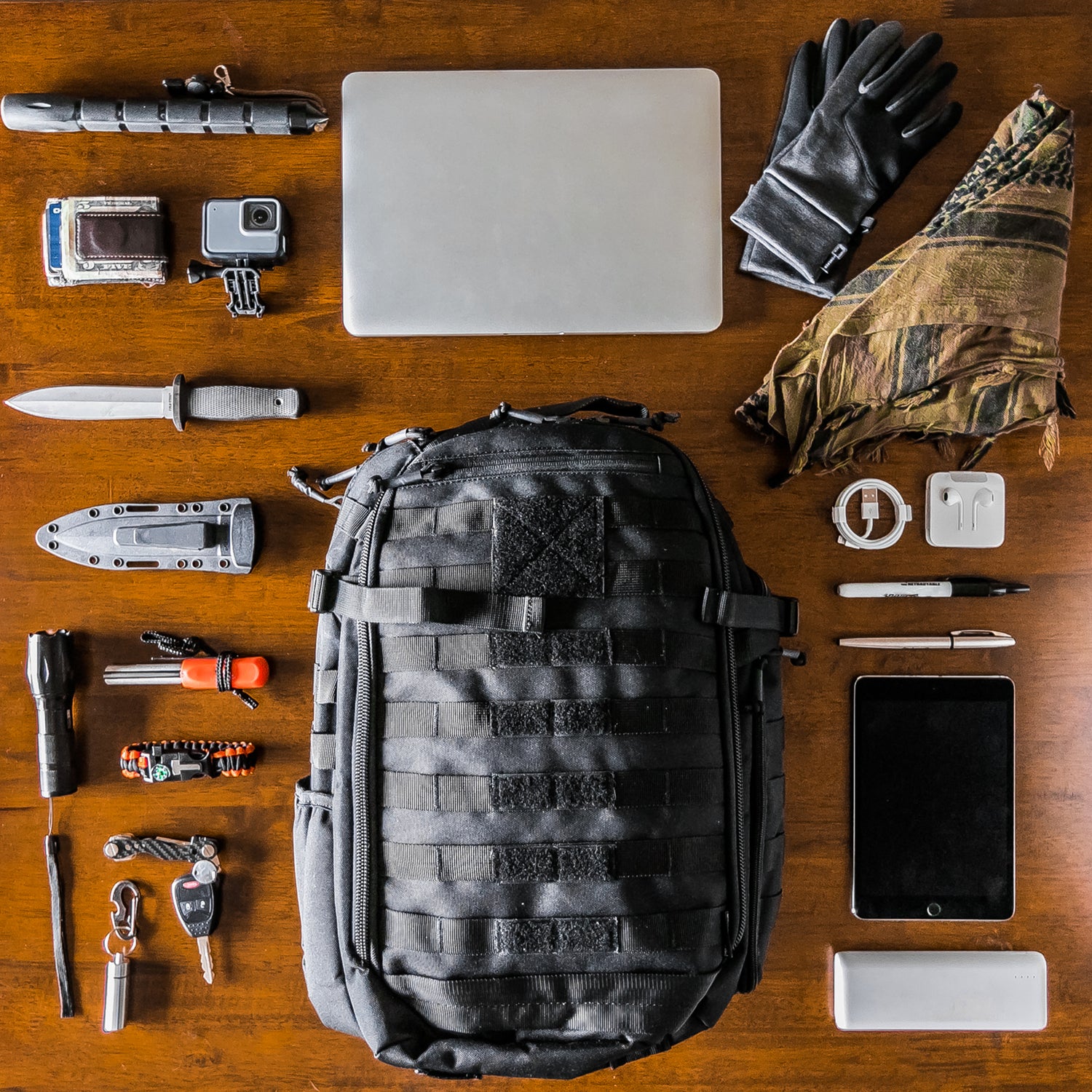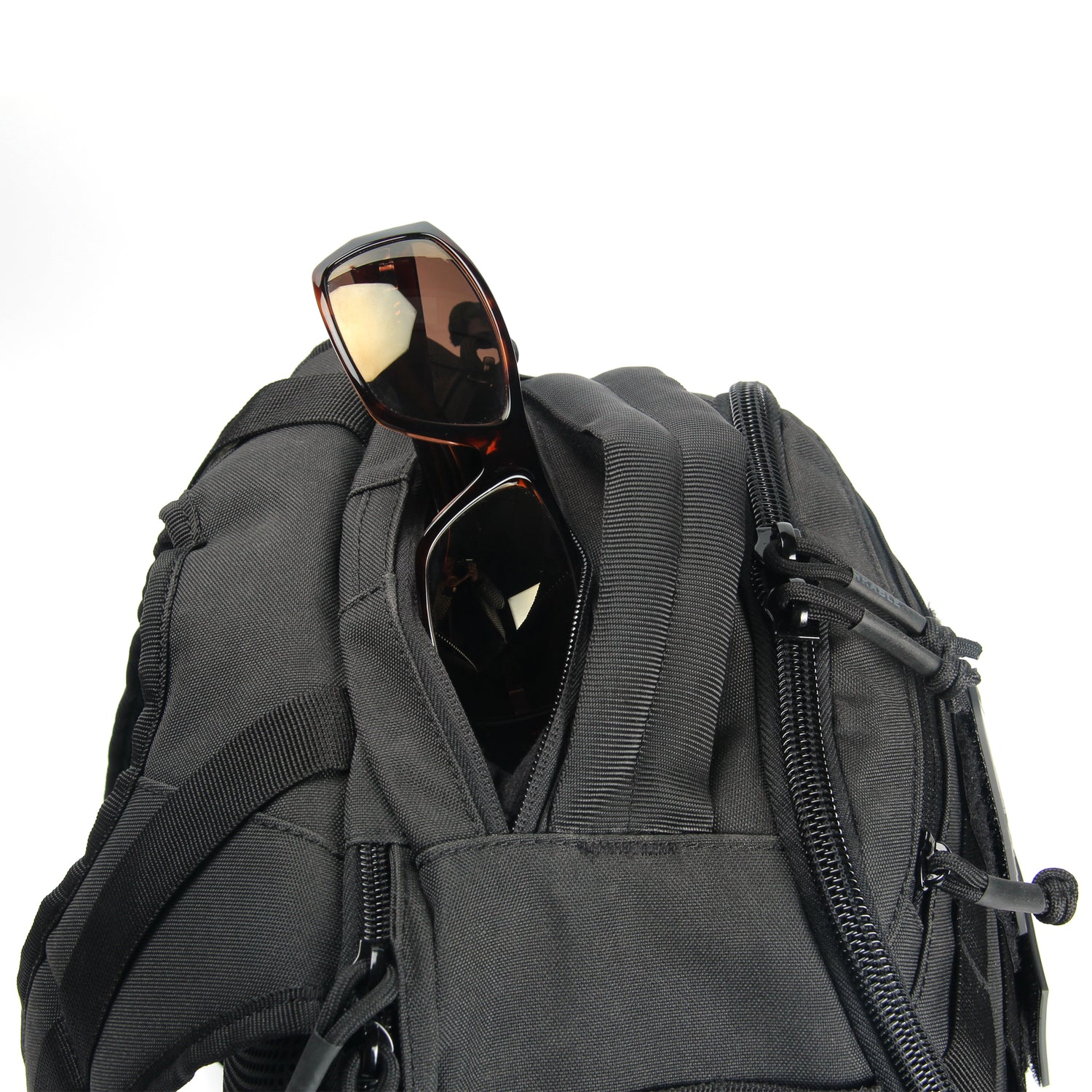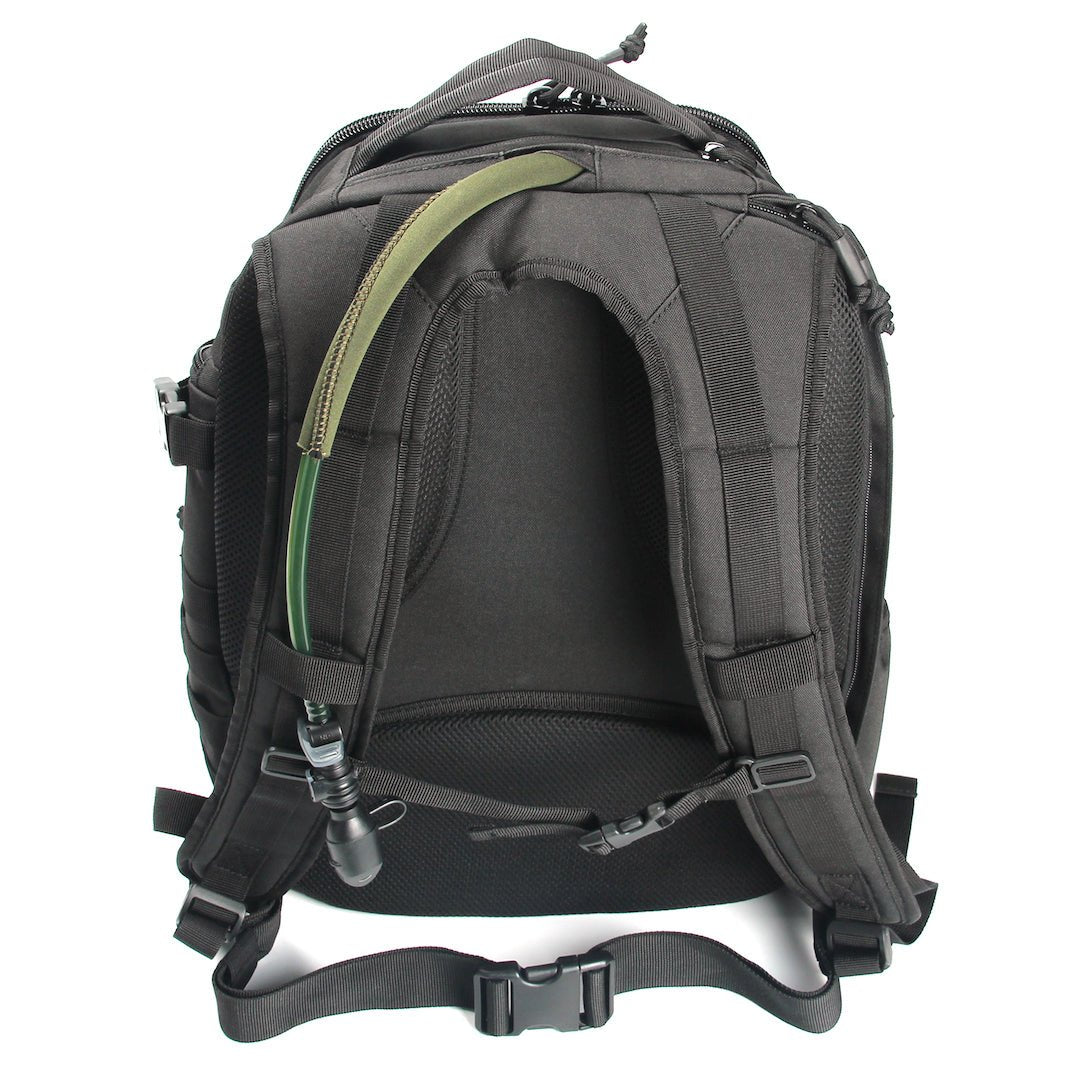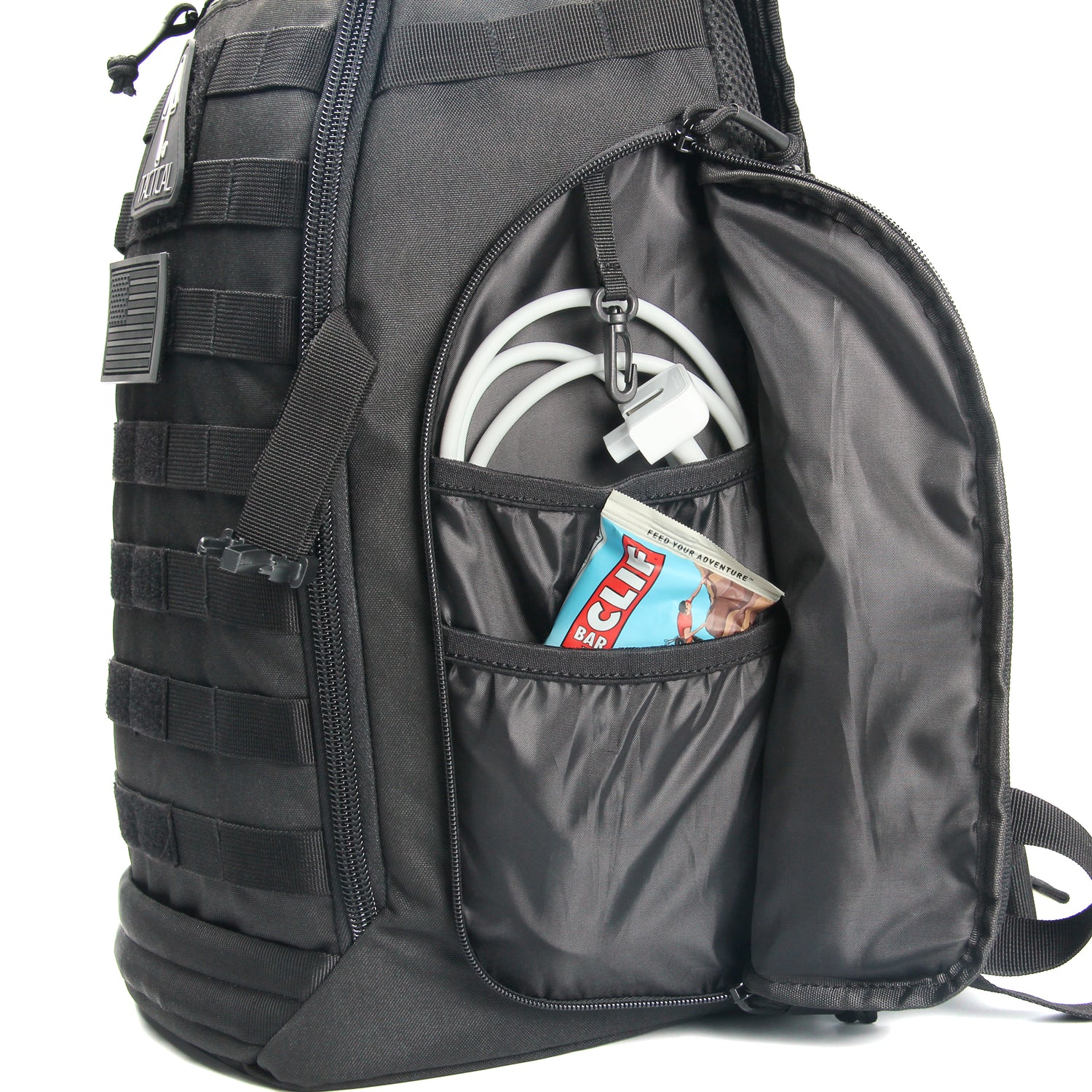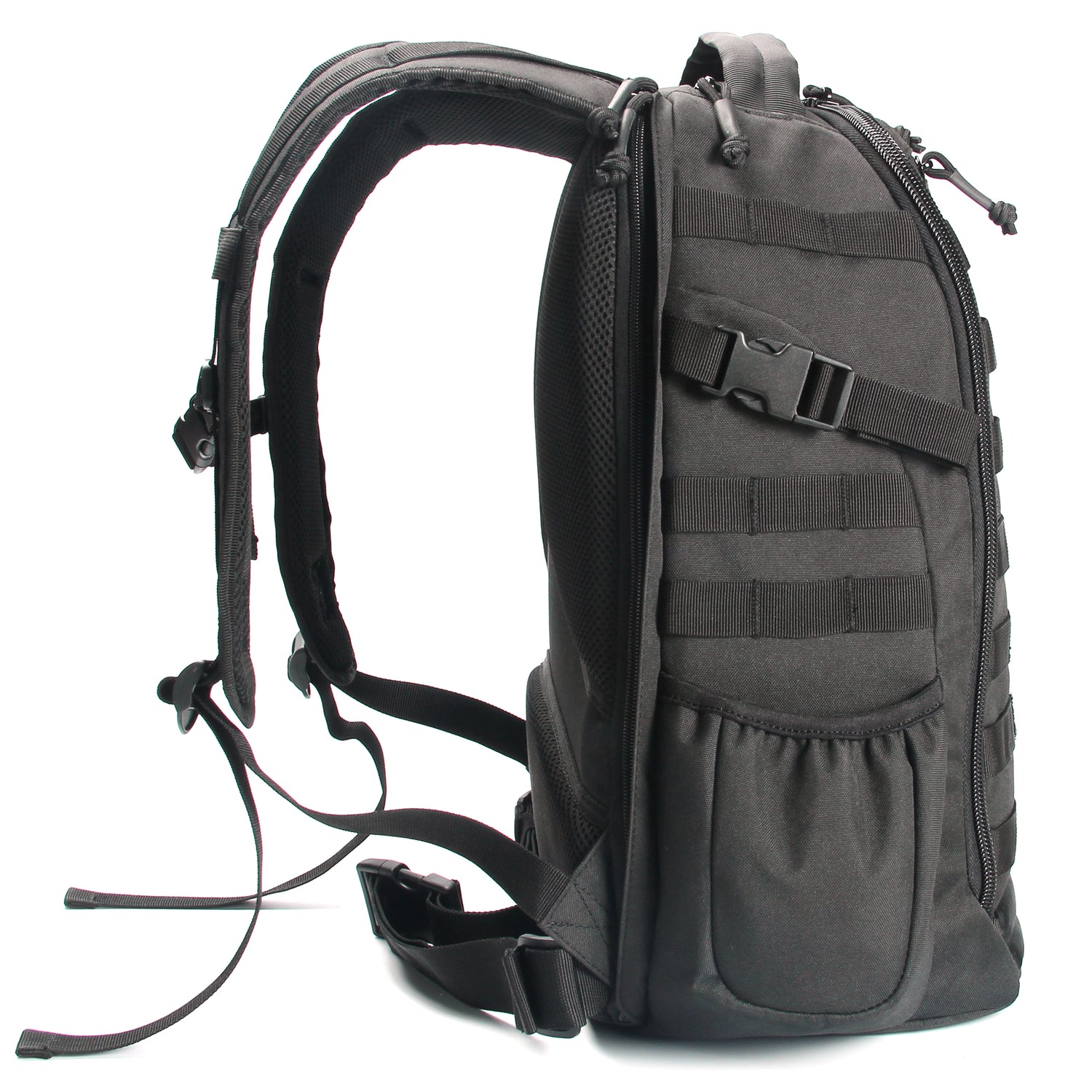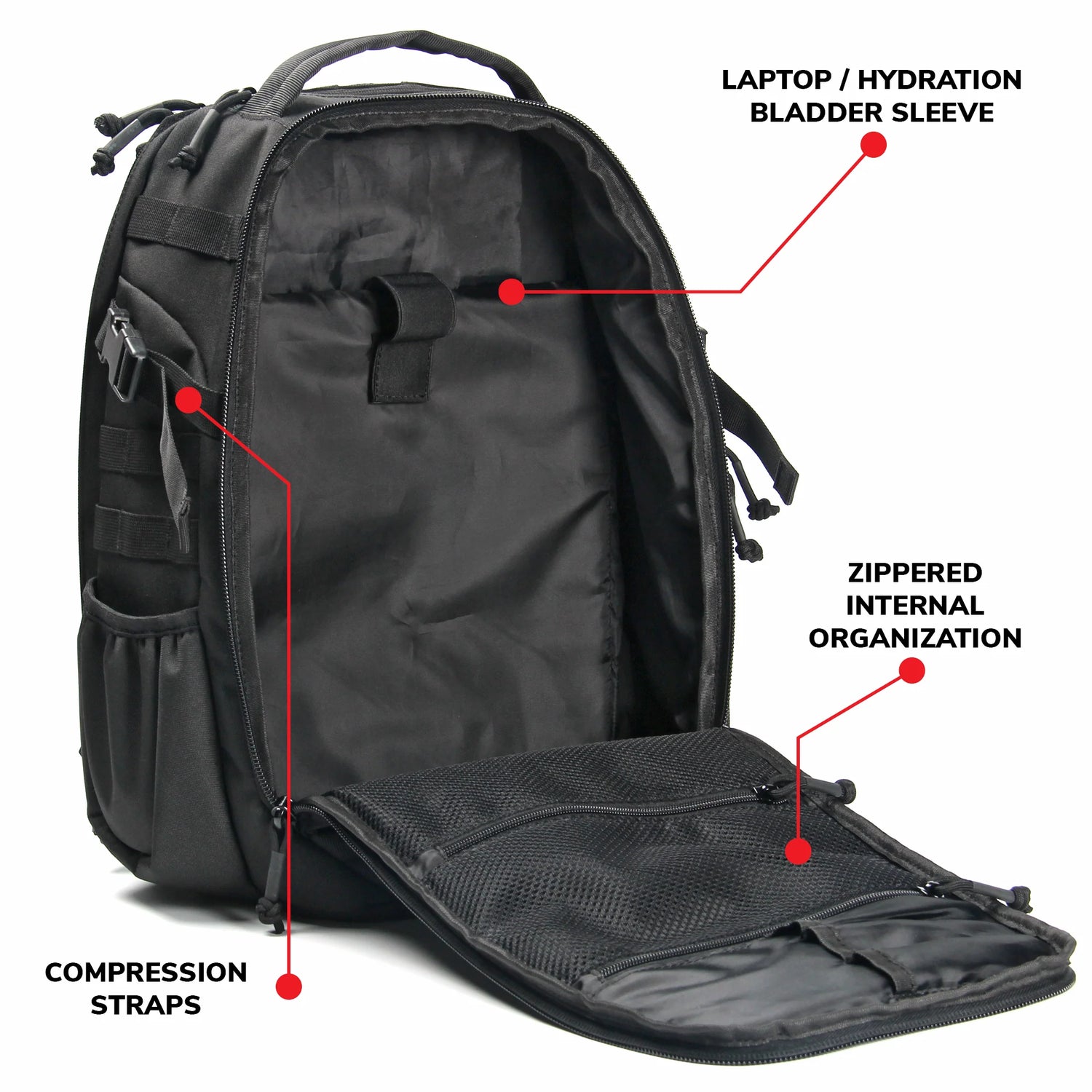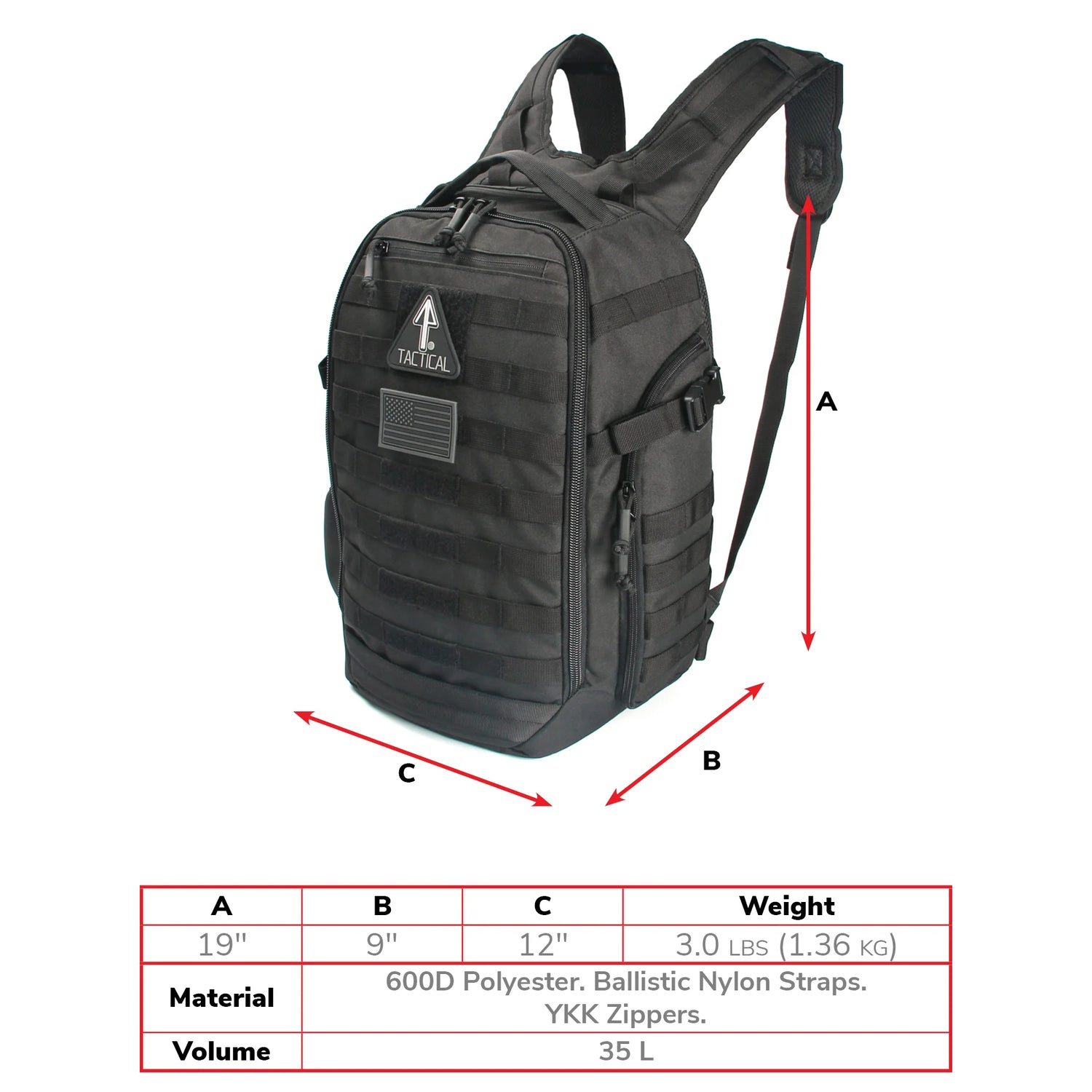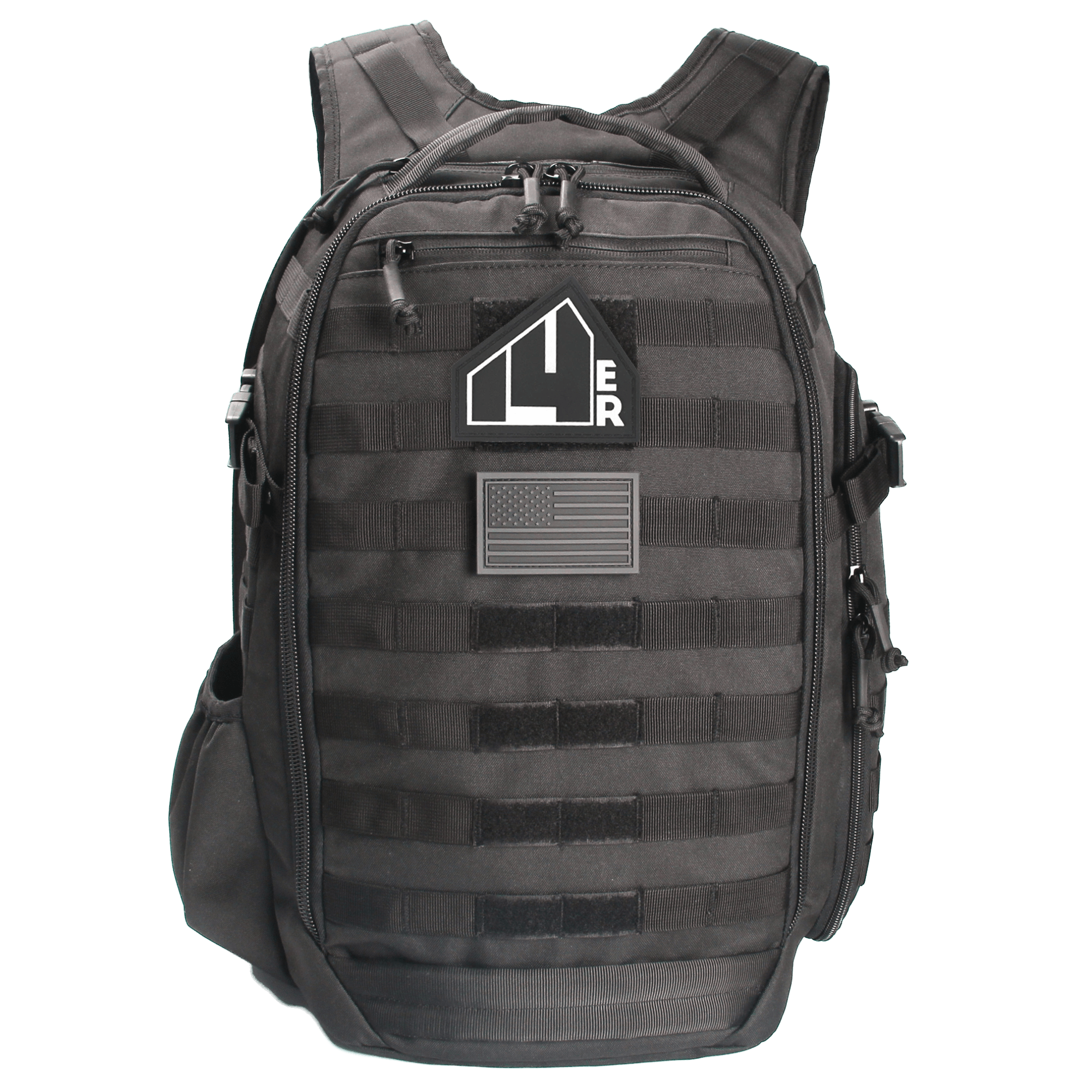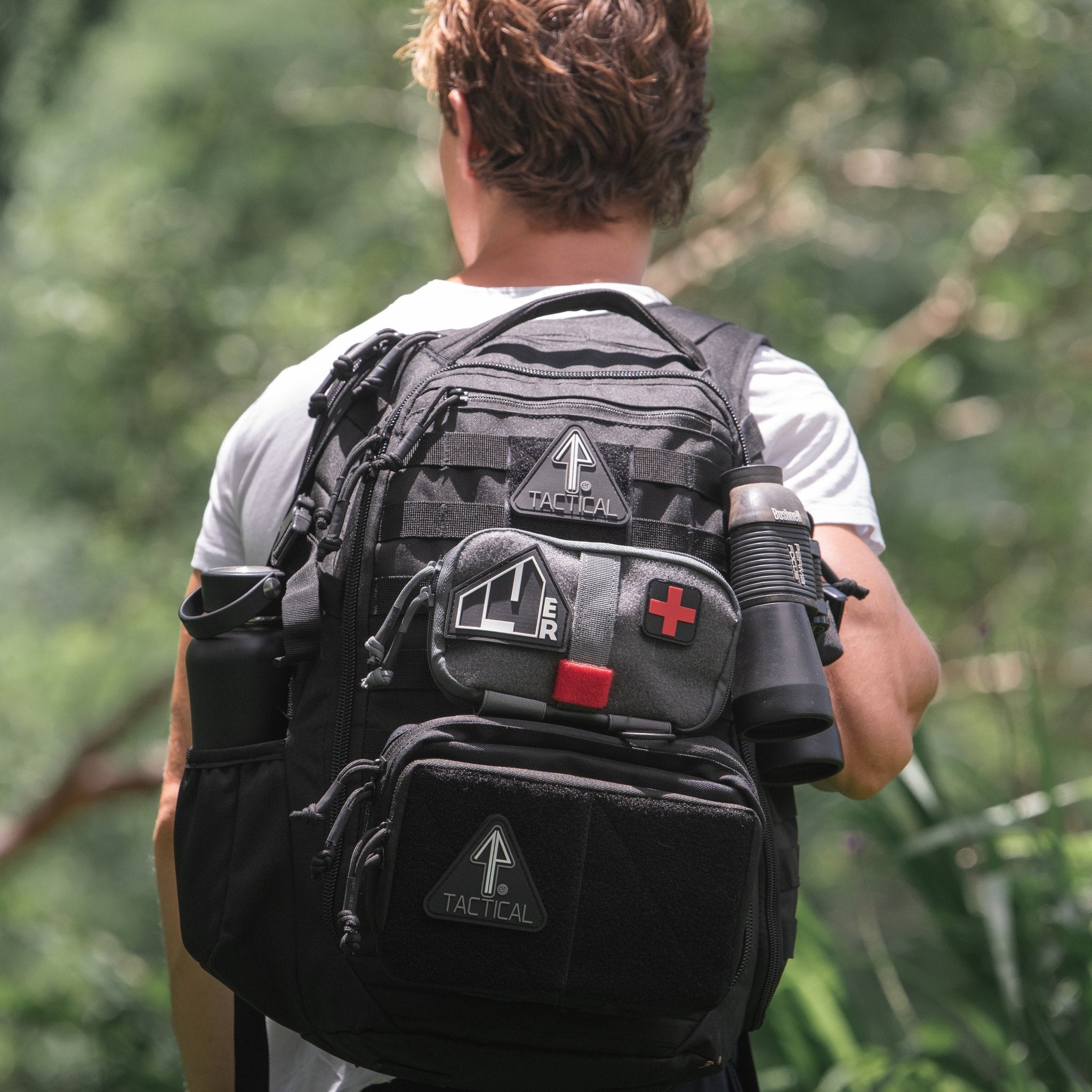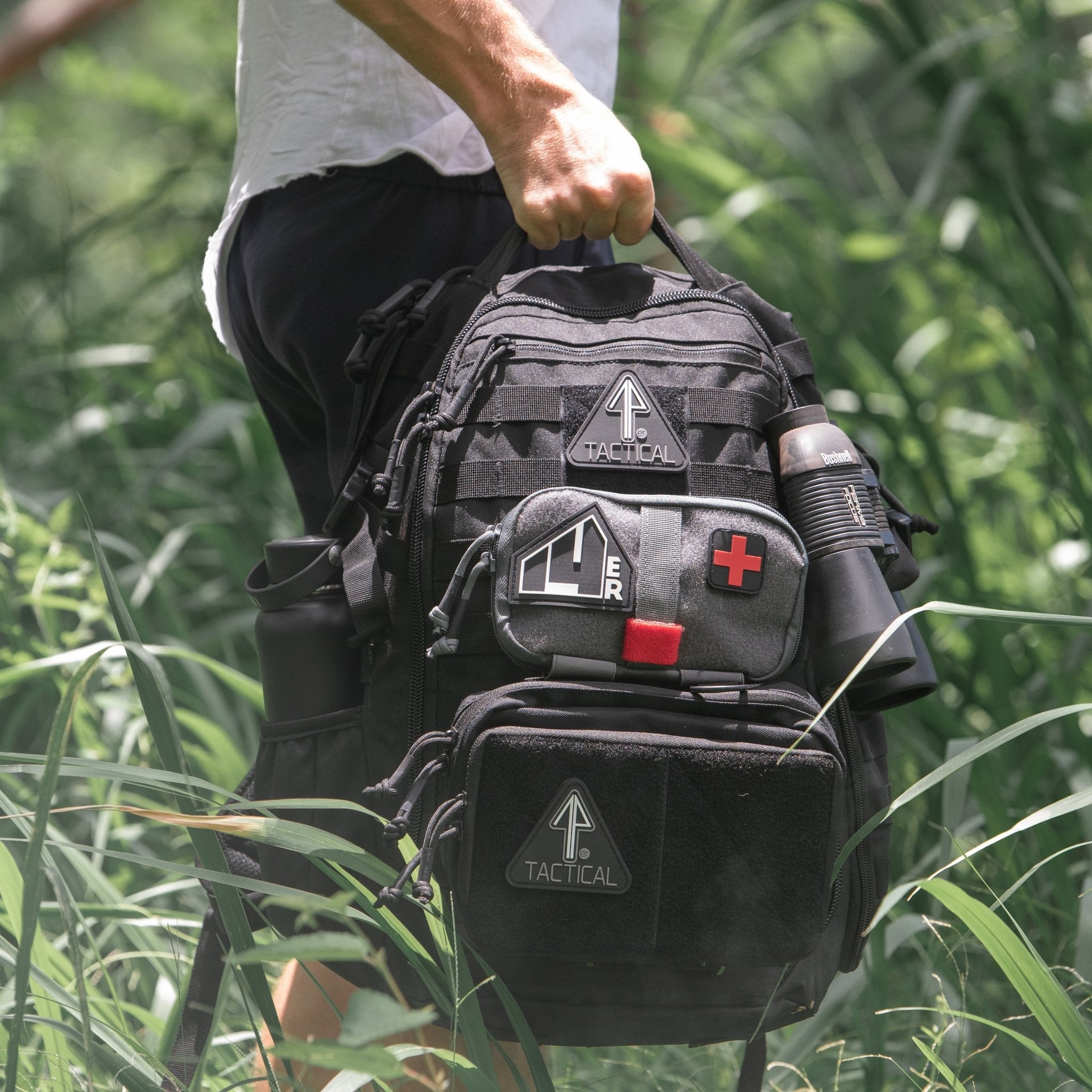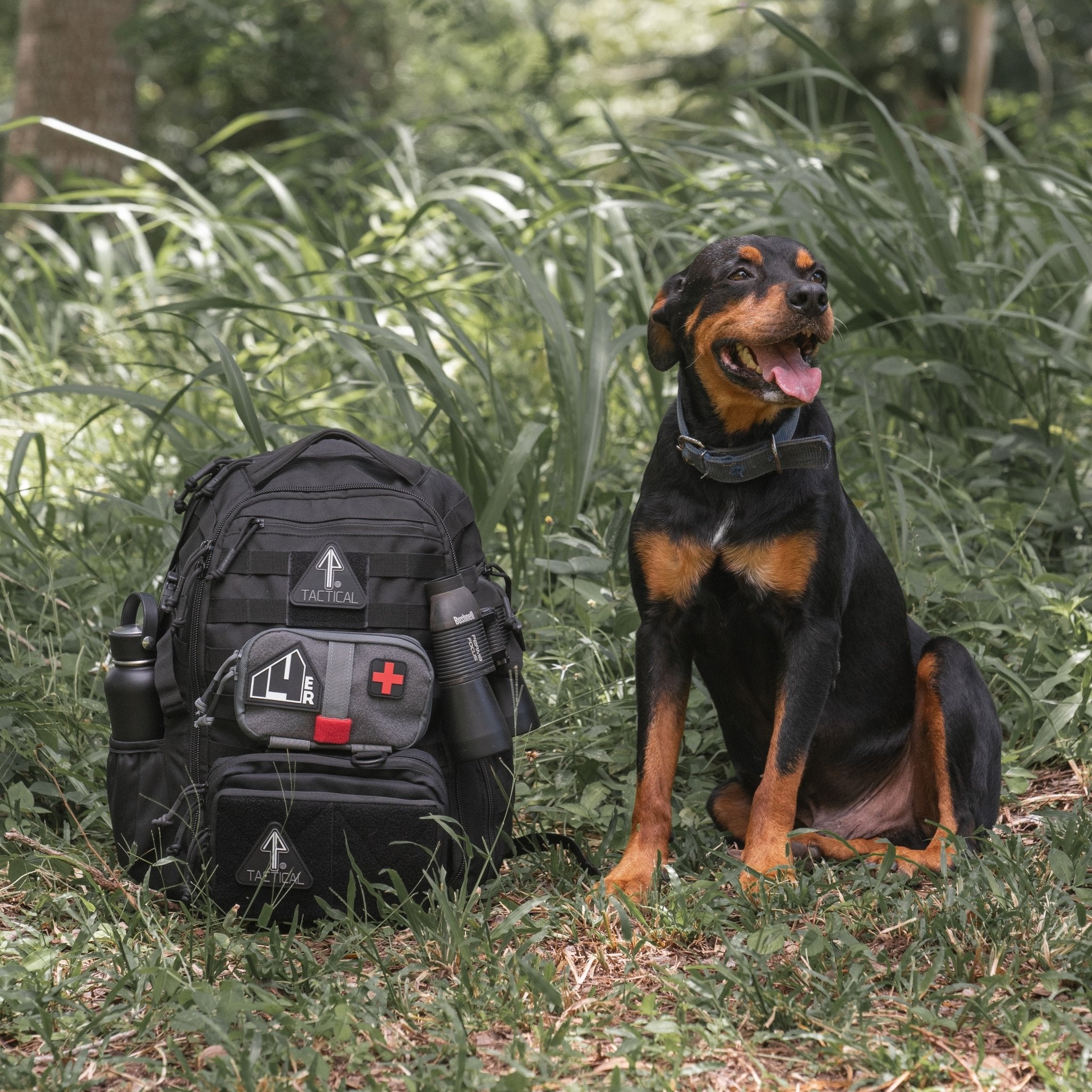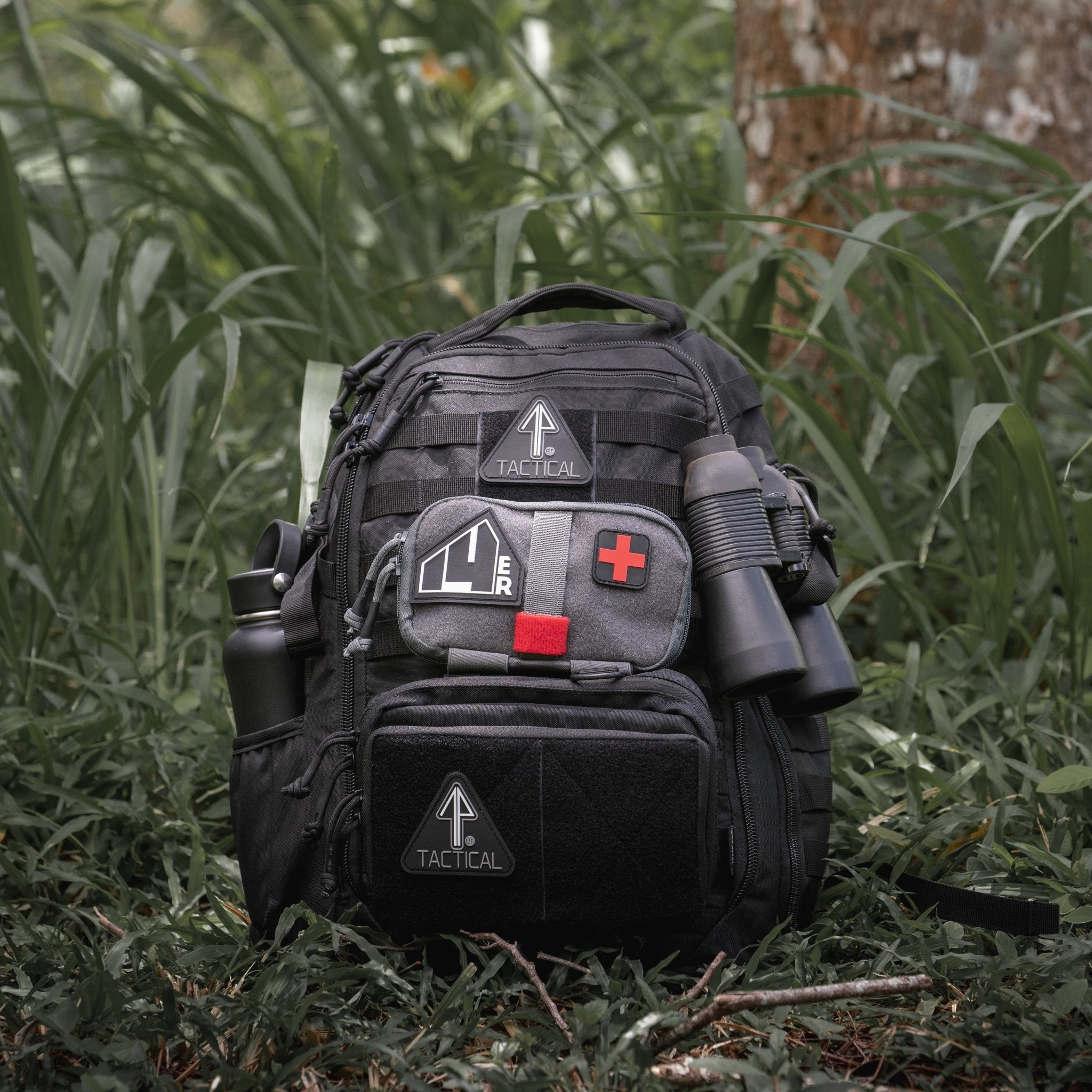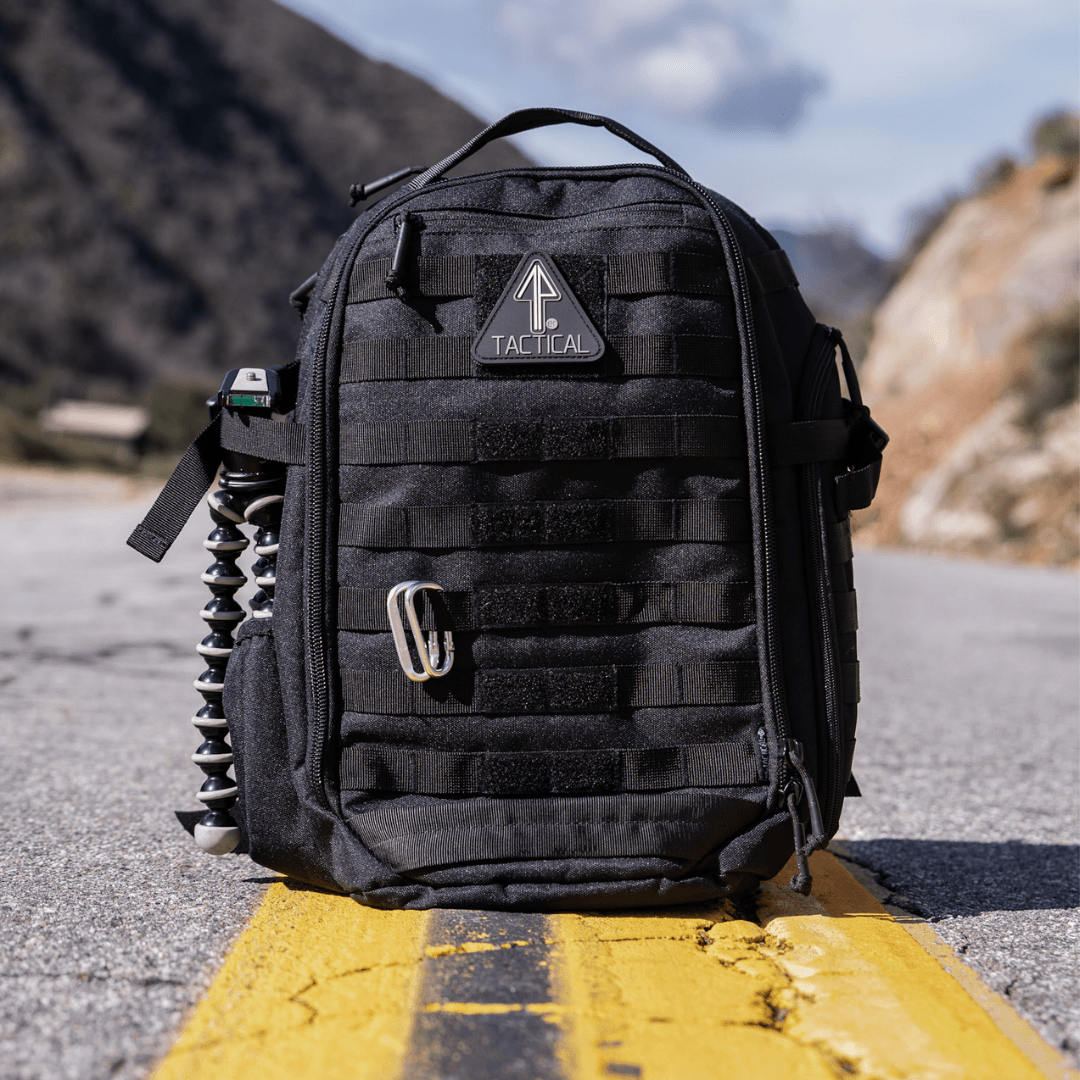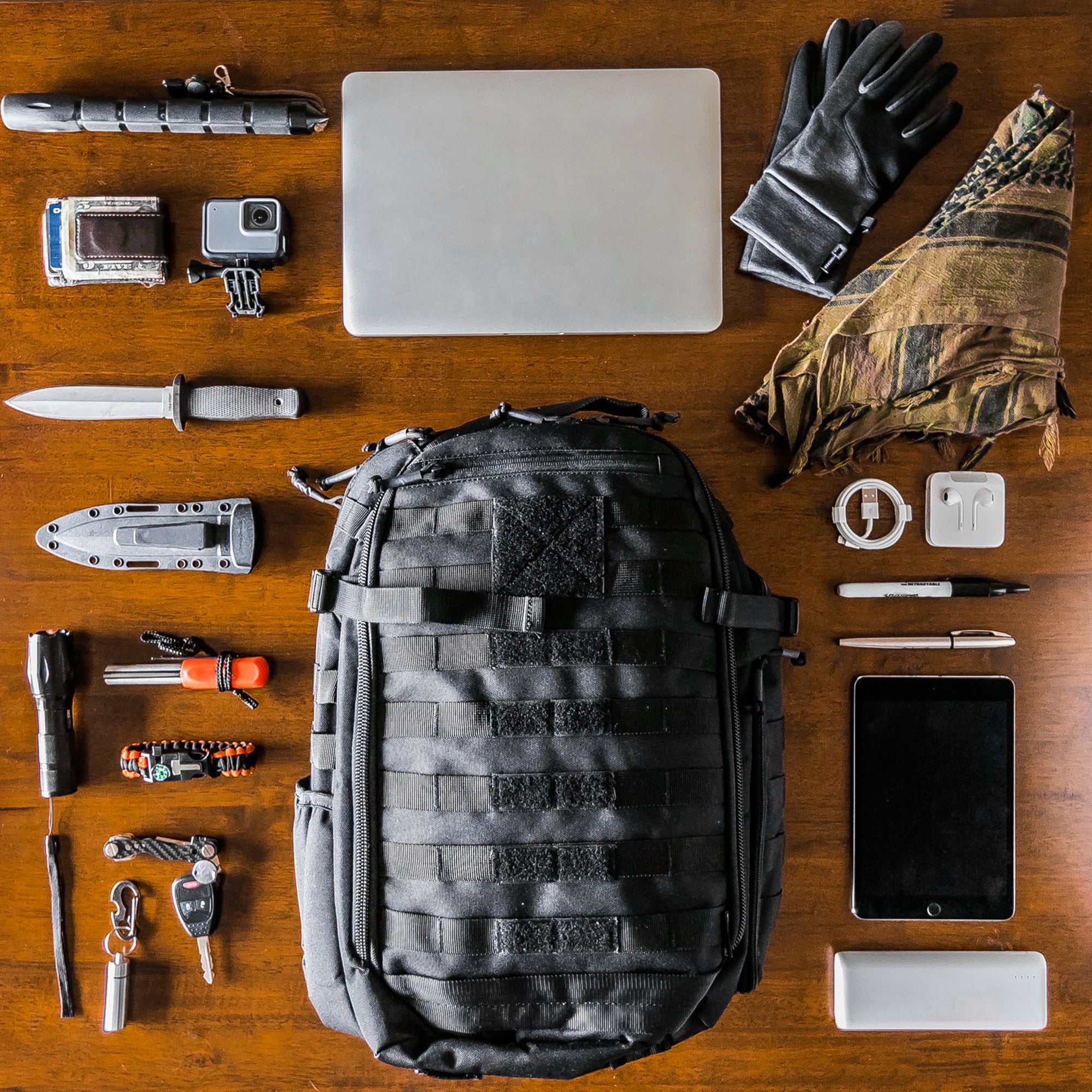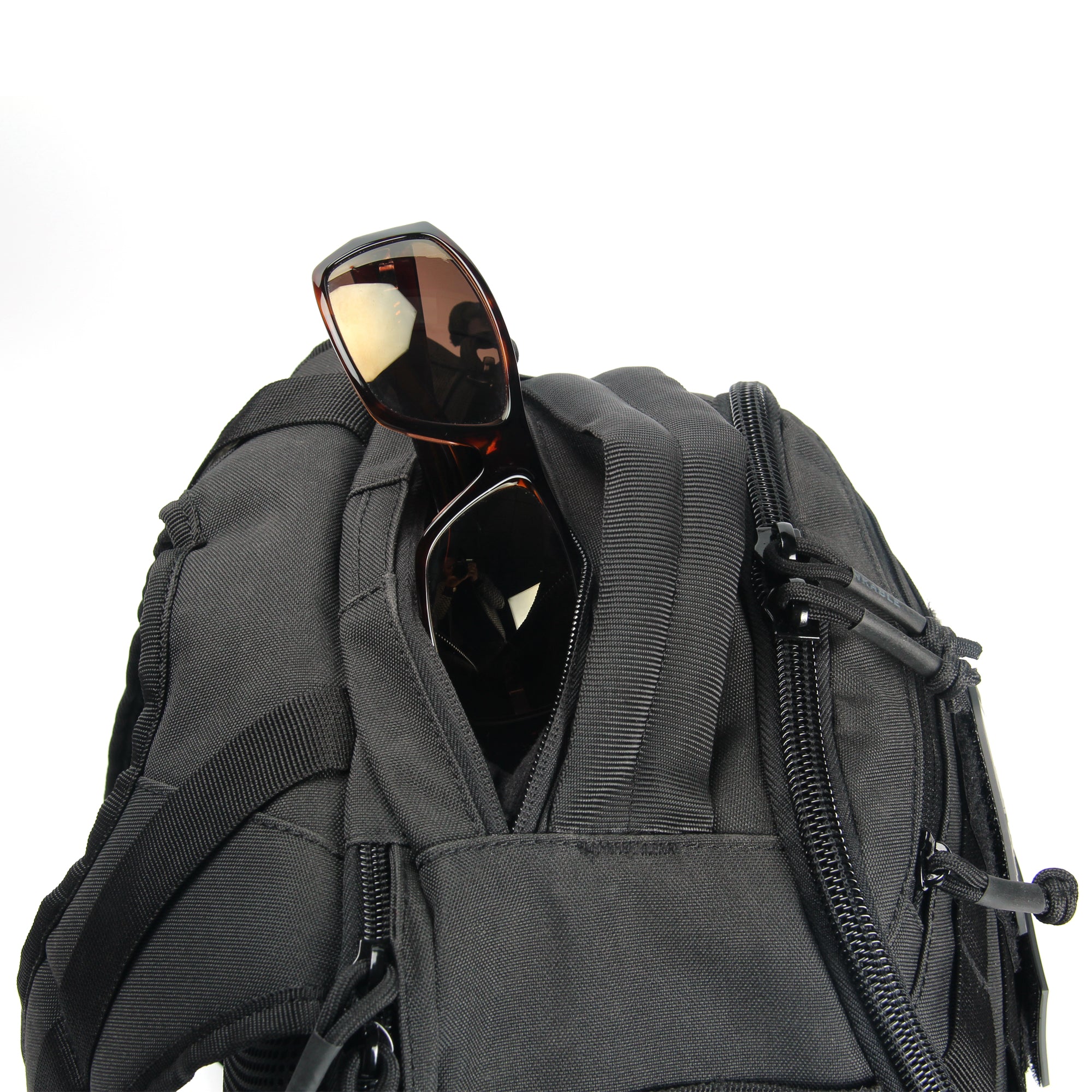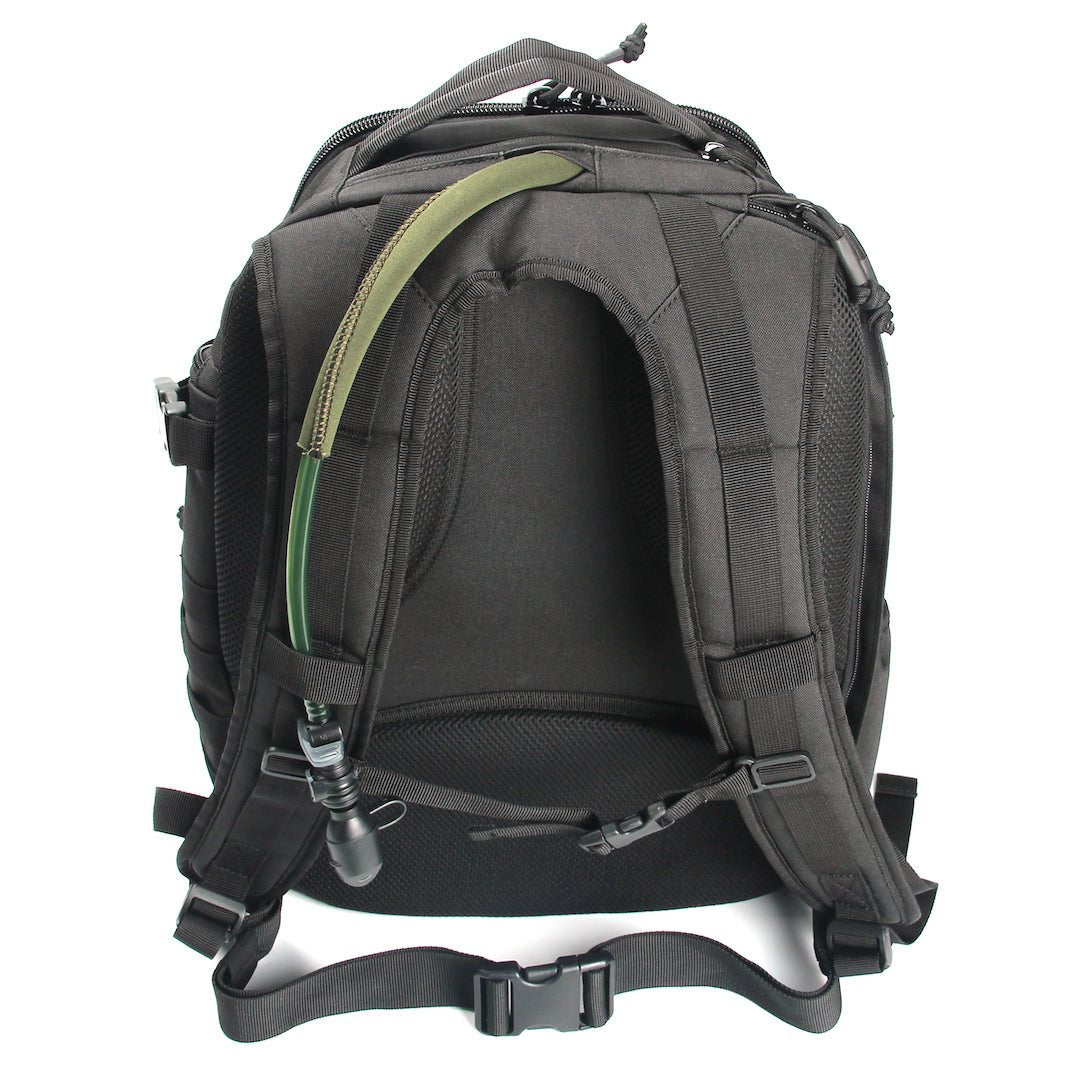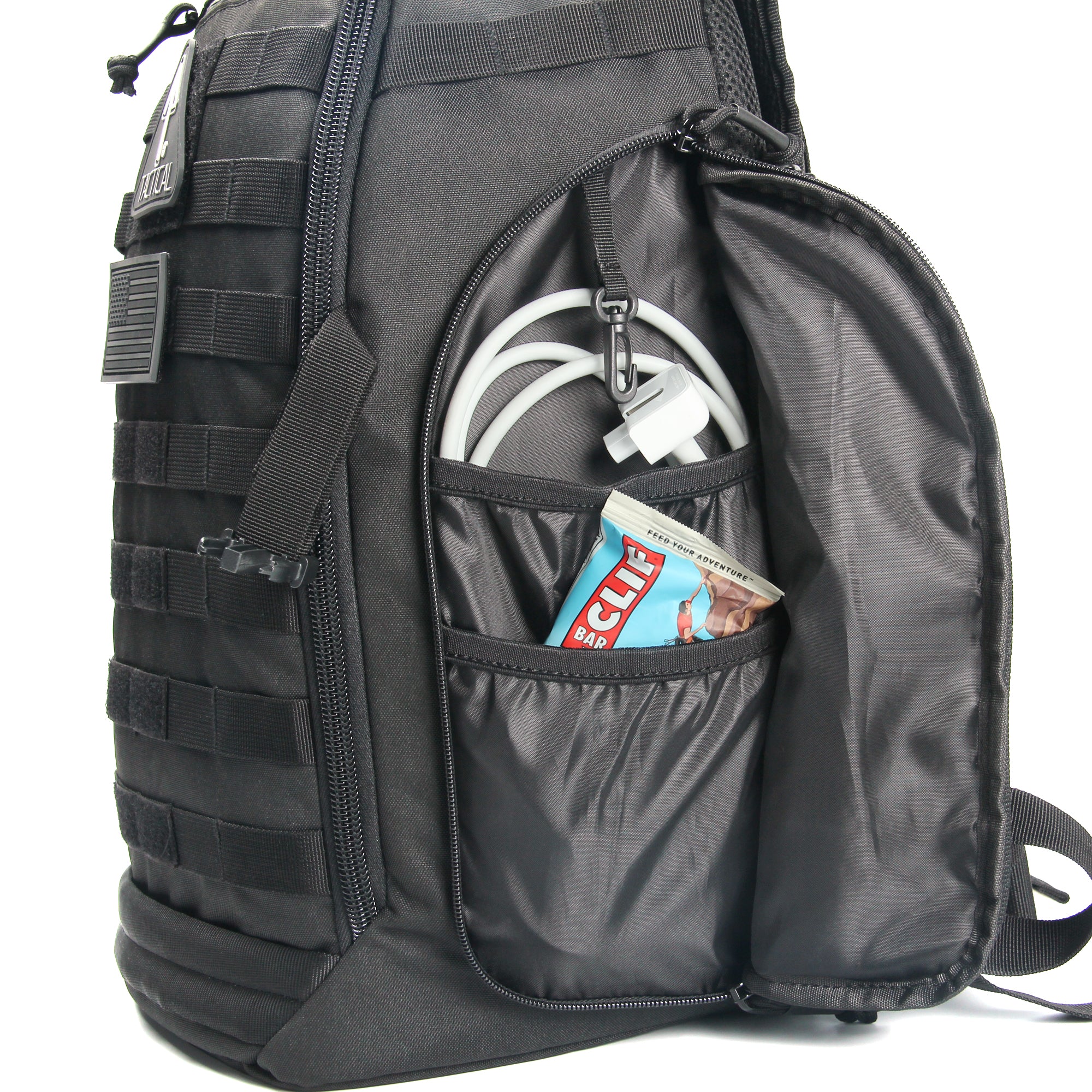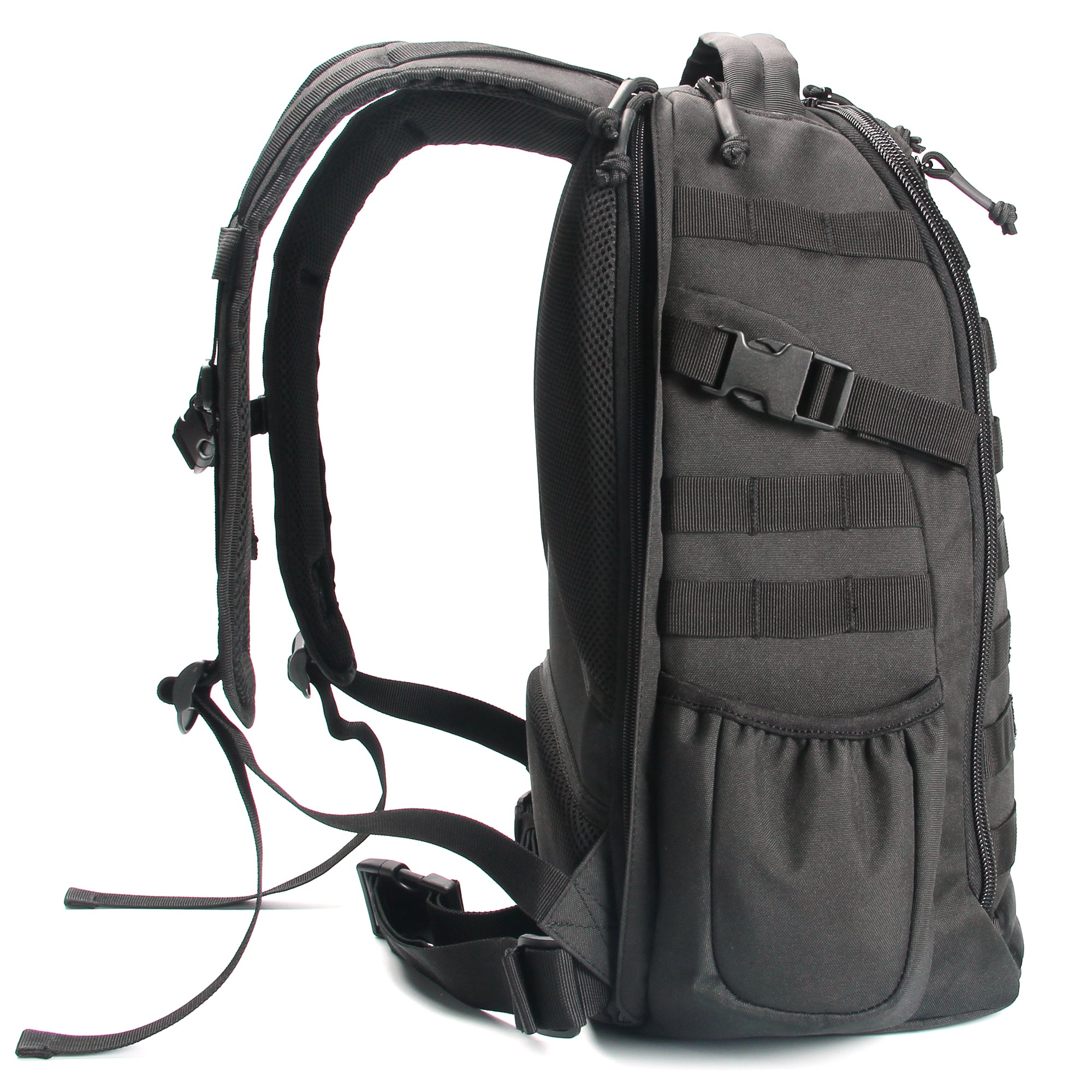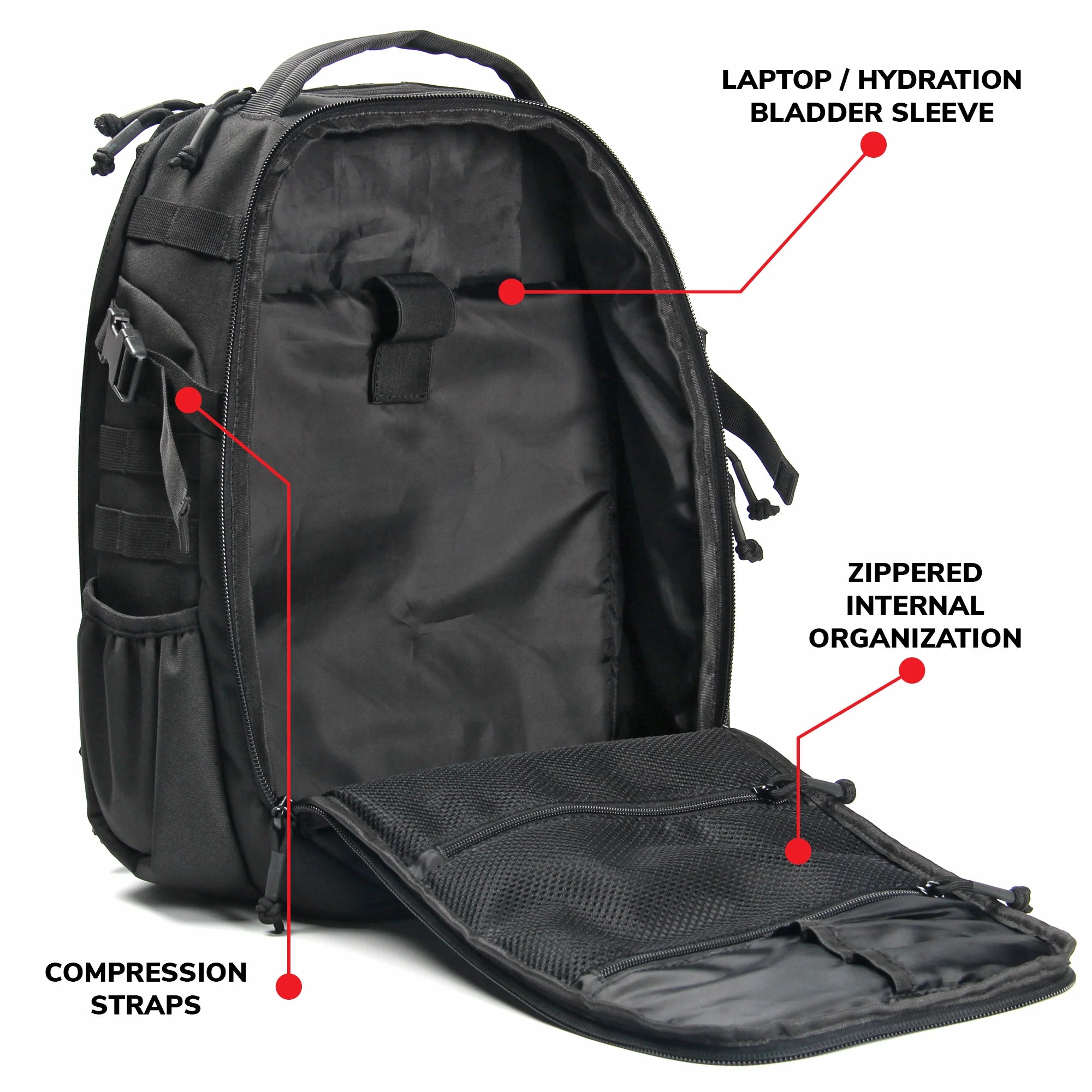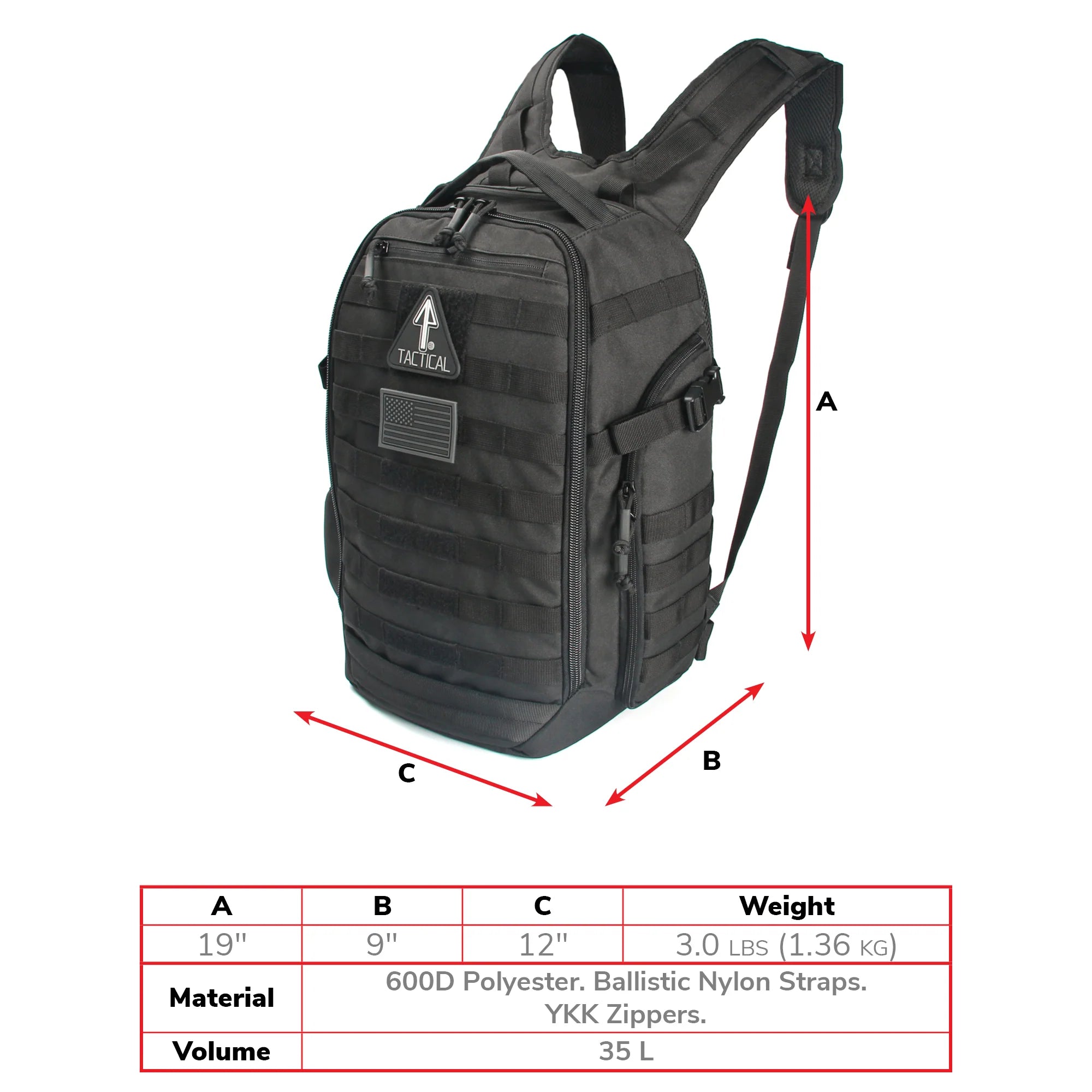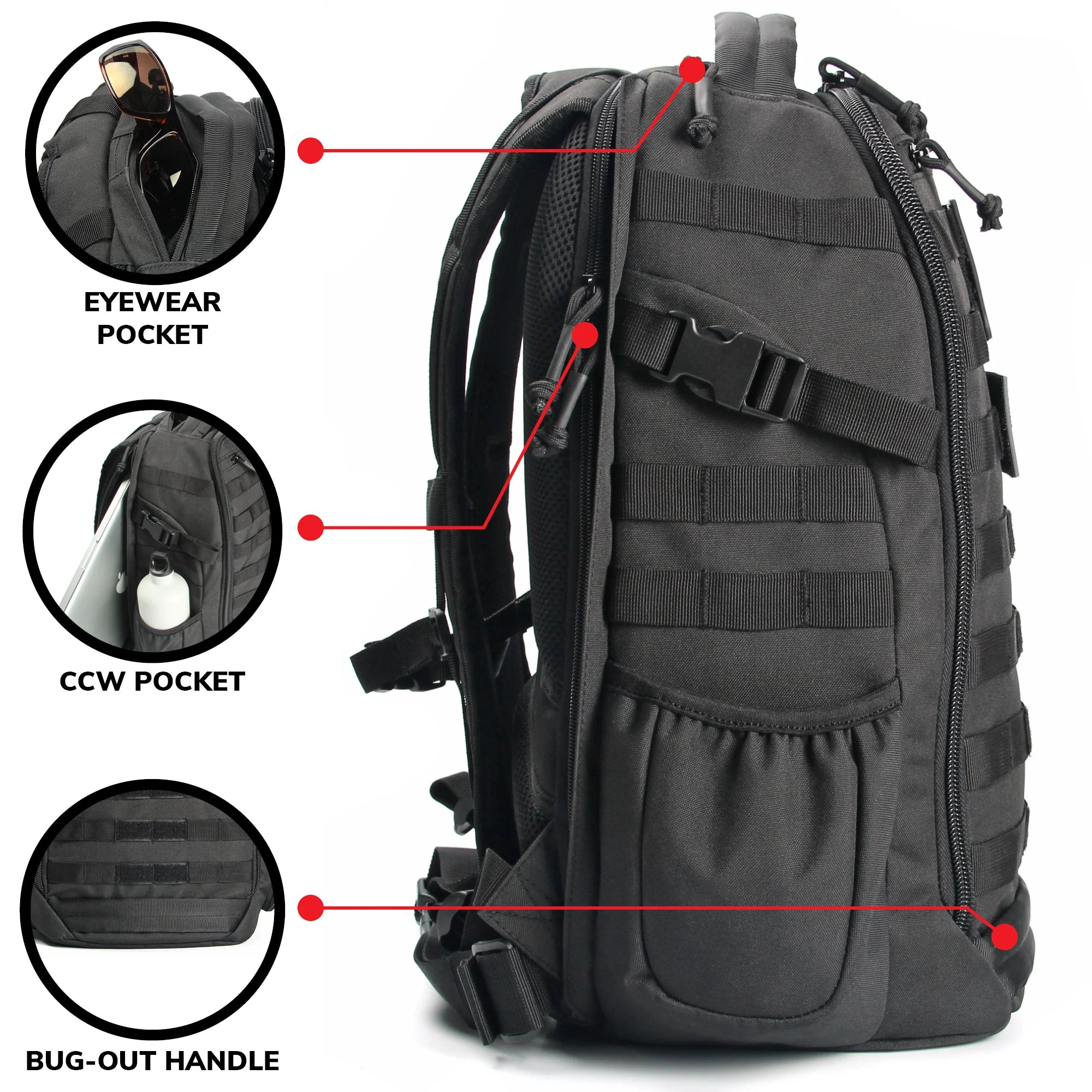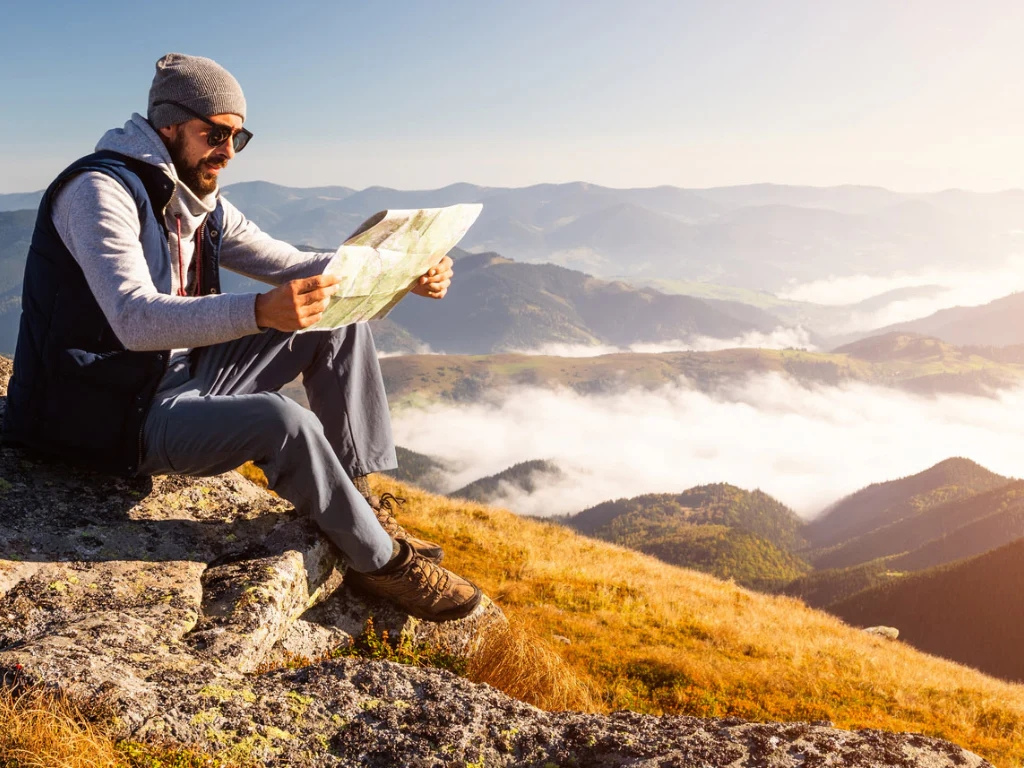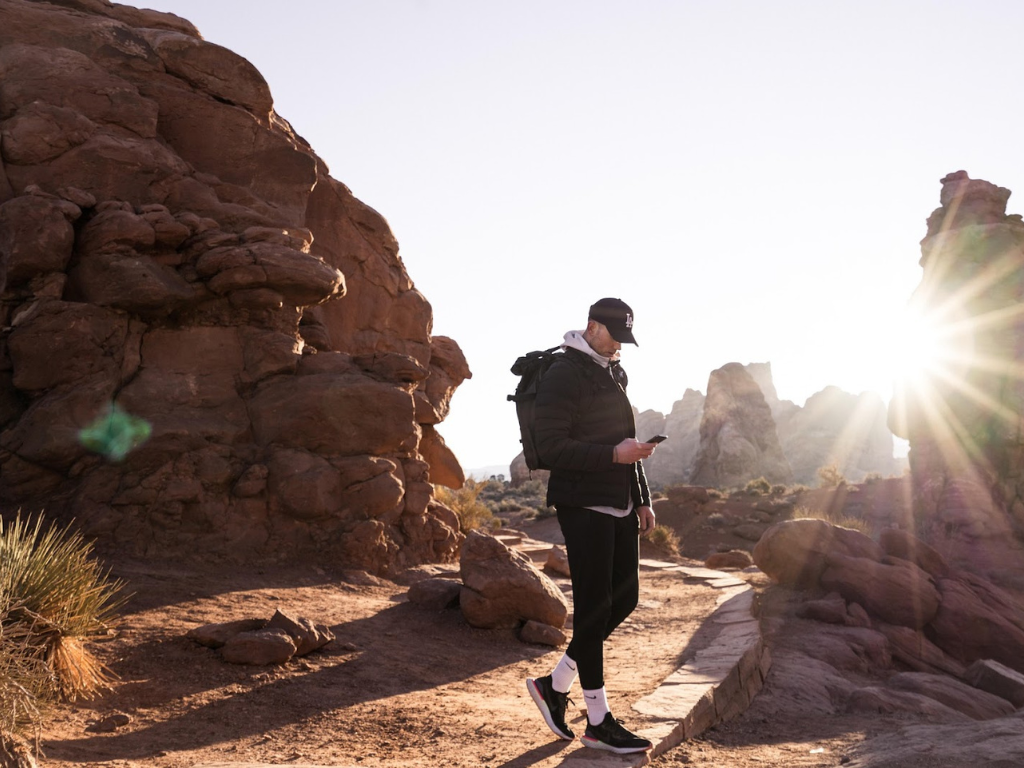Hey, survivalists, adventurers, and weekend warriors! Let's get real for a moment. We're living in a world where a weekend trek can quickly turn into a life-or-death situation. Are you prepared? Whether you're a novice prepper or an experienced survivalist, it's time to level up your game. Strap in as we dive deep into the seven tactical skills you absolutely must master to navigate any high-stakes scenario.

Skill 1: Navigation
You find yourself enveloped in trees with no obvious path in sight. Your smartphone might as well be a paperweight. This is where you'll wish you paid attention in Scouts. Navigation isn't just for sailors and pilots—it's a skill we all should know.
Must-Have Tools:
Compass: Think of it as a magic wand that always points the way home (well, north, but you get the gist). Paired with a topographic map, you become an unstoppable orienteer. Invest in a quality one and actually learn the basics of magnetic declination and reading bearings.
Maps: A GPS is awesome until it's not. When it fails, a good physical map is your lifeline. Make sure it's current, water-resistant, and covers the area you're exploring.
GPS: Handy, especially if you're not well-versed in map-reading. But remember, a GPS is like the cherry on top. You still need the ice cream and the whipped cream (that's your compass and map).
Pro Tips for Navigation Masters:
Landmarks: Create a mental scrapbook of your environment. Make a note of that weird-looking rock or the way a river bends to help navigate your way back.
Celestial Navigation: The sky is a celestial map. The sun, moon, and stars can guide you, but they require some know-how. For instance, knowing the North Star in the Northern Hemisphere can point you to true north is invaluable.

Skill 2: First Aid
Listen, Band-Aids are cute for paper cuts, but let’s talk about the heavy-hitters in first aid that could literally save lives.
Essentials in Your Kit:
IFAK Pouch: Beyond the basics, make sure to include essential medications, a tourniquet for controlling heavy bleeding, and hemostatic agents that accelerate clotting.
Skills Worth Learning:
CPR: Seriously, take a weekend course. It can make the difference between life and death, especially when you're miles away from a hospital.
Wound Management: From cleaning with antiseptics to understanding when and how to stitch a wound, this is a vital skill set to have in your arsenal.
What If Scenarios:
Snake Bites: Know the immediate steps, like keeping the limb immobilized below heart level, and when it’s vital to suck out venom versus when it’s a bad idea.
Broken Limbs: Learn how to create makeshift splints or slings using whatever is around—clothing, branches, you name it.

Skill 3: Fire Building
Ah, fire—the universal symbol of humanity's conquest over nature. But let's be honest, mastering fire is easier said than done.
Firestarter Essentials:
Waterproof Matches: Because regular matches will betray you in damp conditions. These little wonders might just save your life.
Flint Strikers: Fun fact, these nifty tools can last up to 10,000 strikes. That's a lot of fires, folks!
Magnesium Fire Starters: They're like the Swiss Army knife of fire starting. Scrape off some shavings, hit 'em with a spark, and watch the magic happen.
The Science of Fire-Making:
Understanding fire is all about the "fire triangle": heat, fuel, and oxygen. Remove one, and your fire's toast. Literally. Your goal is to keep these three elements in a happy, fiery relationship.
Fuel Choices:
Tinder: No, not the dating app. In fire parlance, tinder refers to small twigs, leaves, or paper that can catch fire quickly.
Kindling: Once your tinder is doing its job, introduce kindling—sticks and small logs that can take your fire to the next level.
Firewood: Once you've got a stable fire, bring in the big logs. Not too many, or you'll smother it, but just enough to keep the party going.
Pro Fire-Making Techniques:
Star Fire: Best for heating large areas. Place your logs in a star shape and add more as needed.
Pyramid Fire: This one's for the long haul. Build a log pyramid and let gravity do its work. This fire burns for a long time, making it perfect for those chilly nights.
Safety Measures:
Firebreak: Before starting the fire, make sure to clear a 3-foot perimeter around the pit to prevent any errant sparks from setting the forest alight.
Extinguishing: No one likes a litterbug. Make sure to completely douse your fire with water before heading out. Stir the ashes and pour more water. Repeat until it's cold to the touch.

Skill 4: Water Purification
Clean water is as good as gold in the wild. How you get it can mean the difference between survival and illness.
Water Tools to Consider:
LifeStraw: Super portable and convenient for immediate use.
SteriPEN: Uses UV light to kill bacteria and viruses, but make sure your water source is relatively clear for maximum effectiveness.
Other Methods:
Boiling: Bring water to a rolling boil for at least one minute to kill most types of pathogens.
Chemical Purification: If you're really in a pinch, iodine and chlorine tablets are quick and effective ways to treat water.

Skill 5: Food Procurement
I don't know about you, but I get cranky when I'm hungry. In a survival situation, that's the least of your worries.
Hunting and Fishing:
Snares: Rig up some traps to catch small game. It's like the food delivery of the forest.
Insects: The Unsung Heroes
Yep, you heard me. Insects like crickets and grubs are rich in protein. Once you get over the 'ick' factor, they're not that bad.
Wild Plants:
Roots: Some roots are edible and full of nutrients. But for heaven's sake, be sure it's not poisonous first.
Nuts and Seeds: Nature's snack food. Acorns and pine seeds can tide you over until something meatier comes along.
Mushrooms: Seriously, be very sure you know what you're doing here, as the wrong choice can be fatal.

Skill 6: Shelter Building
Whether it’s boiling hot or freezing cold, shelter is your immediate concern after securing water.
Shelter Types:
A-Frame: The easiest and quickest to build, requiring just a sturdy branch and some foliage.
Lean-to: Offers less protection but is even faster to set up. Simply lean branches against a tree and cover with leaves.
Location Factors:
Terrain: An elevated spot will save you from waking up in a puddle. But remember, it should also be close to a water source.

Skill 7: Communication
our voice won't carry far in the wild, especially if you're injured. Learning non-verbal ways to communicate can be a lifesaver.
Must-Know Techniques:
Morse Code: It's not just for spies and sailors. Simple but highly effective for communicating distress signals.
Smoke Signals: A universal distress signal that can be seen from miles away in clear conditions.
Gear to Bring:
Two-Way Radios: In the absence of cell service, these radios can be an essential lifeline to the outside world. Ensure they are fully charged and know their range limitations.
Still with me? If you’ve digested all this, consider yourself a burgeoning survival expert. These seven pillars of wilderness wisdom are your cheat sheet to not just enduring, but actually thriving in the great outdoors.
Feel more prepared now? You should be. The wilderness doesn't stand a chance against you!


